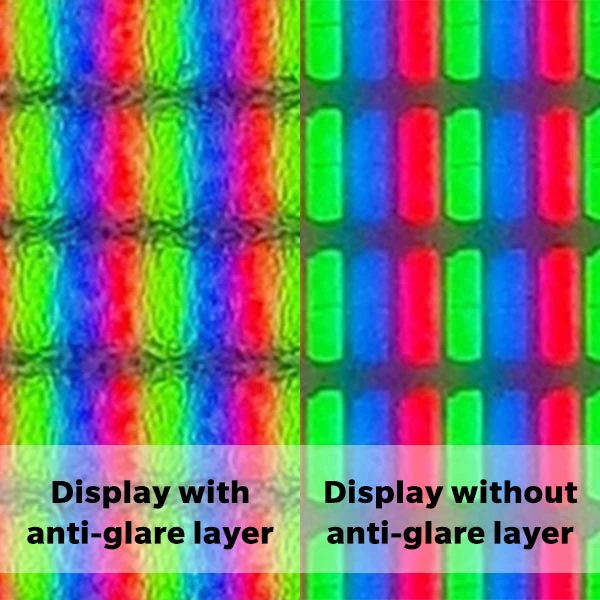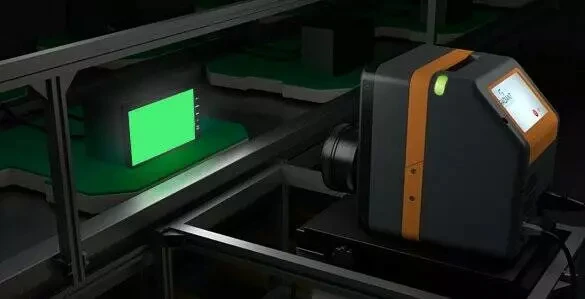Sparkle Measurement of Anti-Glare Display

Displays intended for outdoor and on-the-go usage are often subject to harsh conditions that impede their performance. One of the biggest challenges for these displays is to remain legible under the sunlight. One of the commonly used methods of improving display legibility under sunlight is through the use of anti-glare (AG) films or coatings.
While AG films or coatings can reduce the specular reflection that affects the display legibility under sunlight, they can also interfere with the light emitted from the display. The surface structure of the AG layer causes light emitted from the display to refract at various angles, resulting in low display clarity that looks grainy or hazy. This undesired visual effect is commonly known as sparkle.
Display Sparkle Measurement
Quantifying the sparkle effect helps find the balance between AG benefits and display clarity. The quantified sparkle data can then be utilized in establishing tolerance, facilitating objective and consistent incoming, in-process, and outgoing quality control of display with AG. An image-based measurement system is commonly used to quantify the sparkle effect. The measurement system used should be capable of providing repeatable sparkle data that correlate with human perceptions of sparkle.
Before measuring display sparkle, it is important to account for various aspects of the display and measurement system (e.g., display gradient, display moiré patterns, measurement system focus and working distance, etc.) that can affect the accuracy and repeatability of sparkle measurement. For instance, sparkle is calculated using the standard deviation for luminance variation deriving from the minimum and maximum luminance values across the display. The presence of gradient in the display can affect the minimum and maximum luminance values, resulting in incorrect standard deviation being used to calculate sparkle. Watch this webinar to learn more about the different variables that affect sparkle measurement.
Reliable and Repeatable Sparkle Measurement
Konica Minolta Sensing, with Radiant Vision Systems (RVS), offers a wide selection of display testing solutions that can measure the various key characteristic of the display, including luminance, chromaticity, contrast, uniformity, mura, color gamut, flicker, viewing angle, pixel-level analysis, etc. With regard to sparkle measurement, RVS has defined a measurement setup and method that can produce repeatable sparkle measurements that correlate with the human observer. The measurement setup involves using the ProMetric® I series imaging colorimeter and TrueTest™ software module. The AG display must be positioned and centered at the imaging colorimeter’s optical axis with no horizontal and vertical tilt or rotation. Check out this whitepaperto learn more about the measurement setup and method.

Sparkle measurement setup using ProMetric® I series imaging colorimeter. Image courtesy of Radiant Vision Systems, LLC.
Need help finding the right instruments and solutions to measure and test your display? Get in touch with our specialists for a free consultation now.
